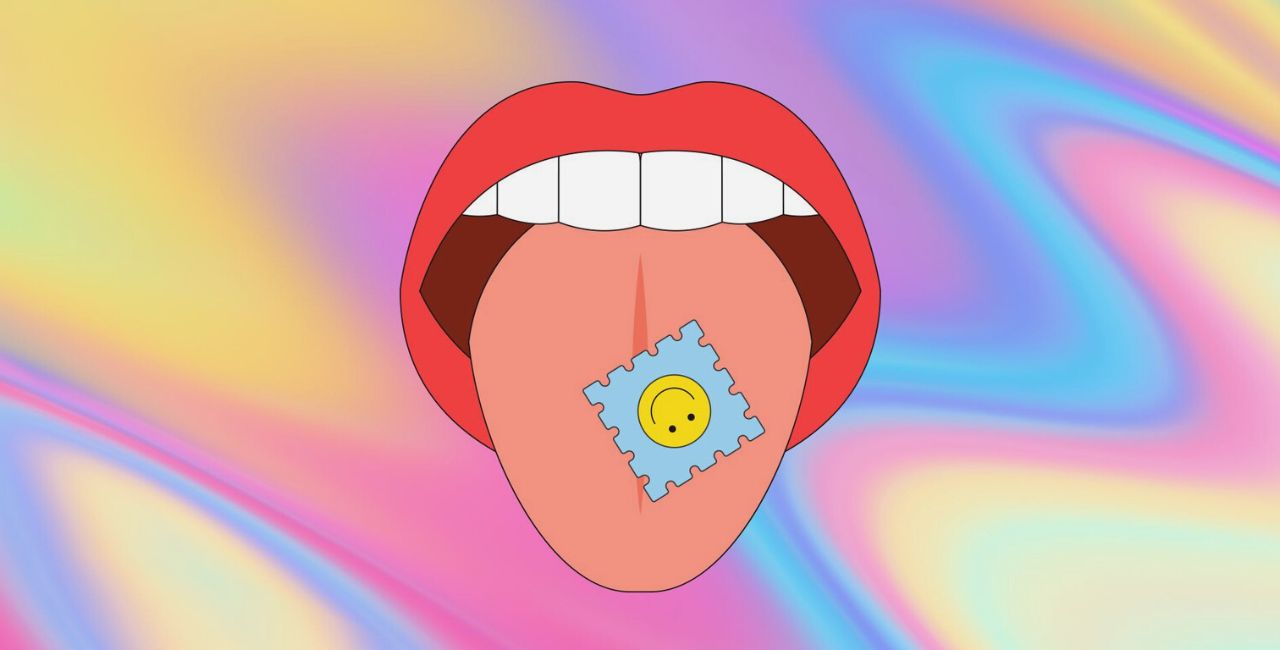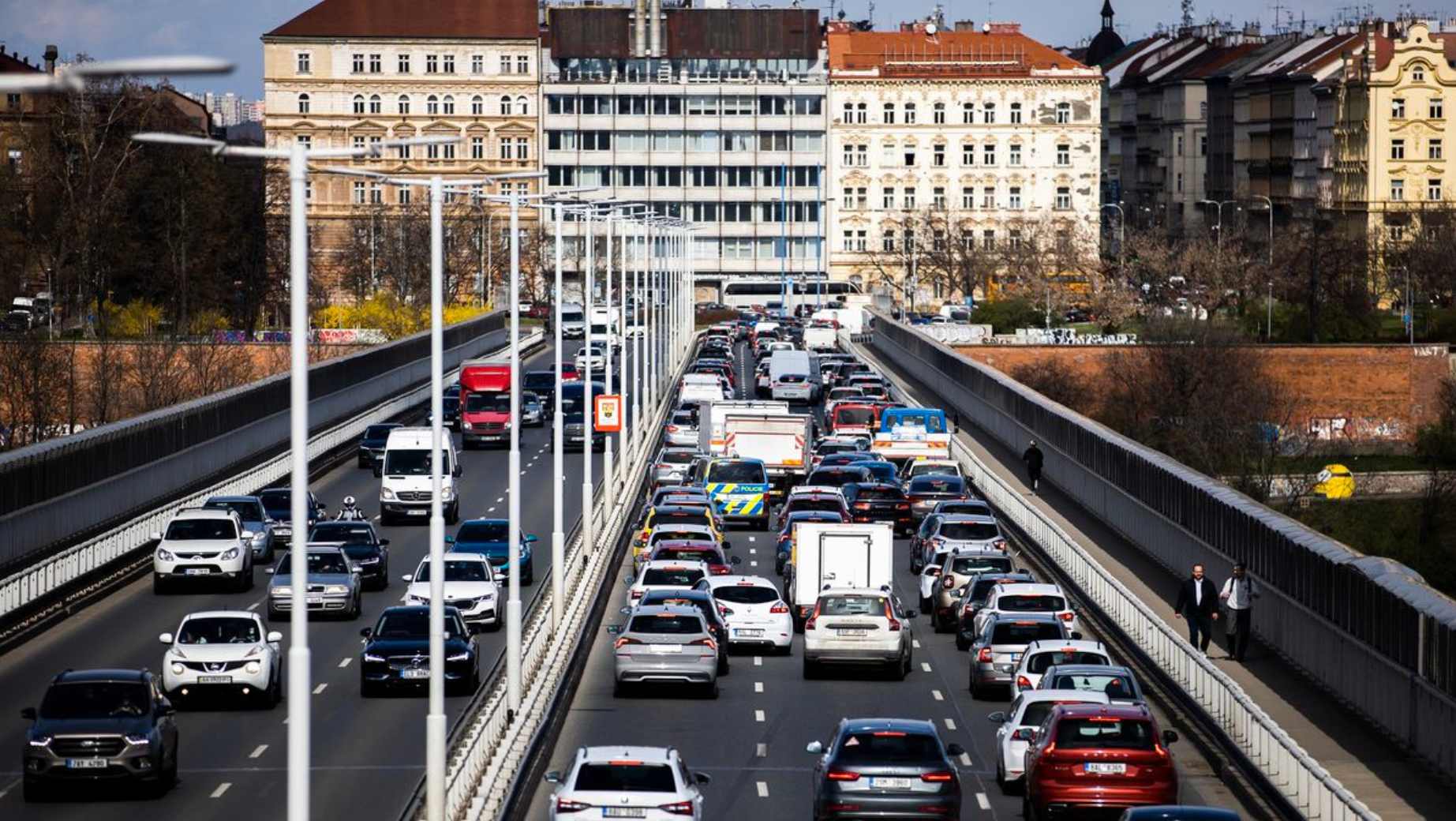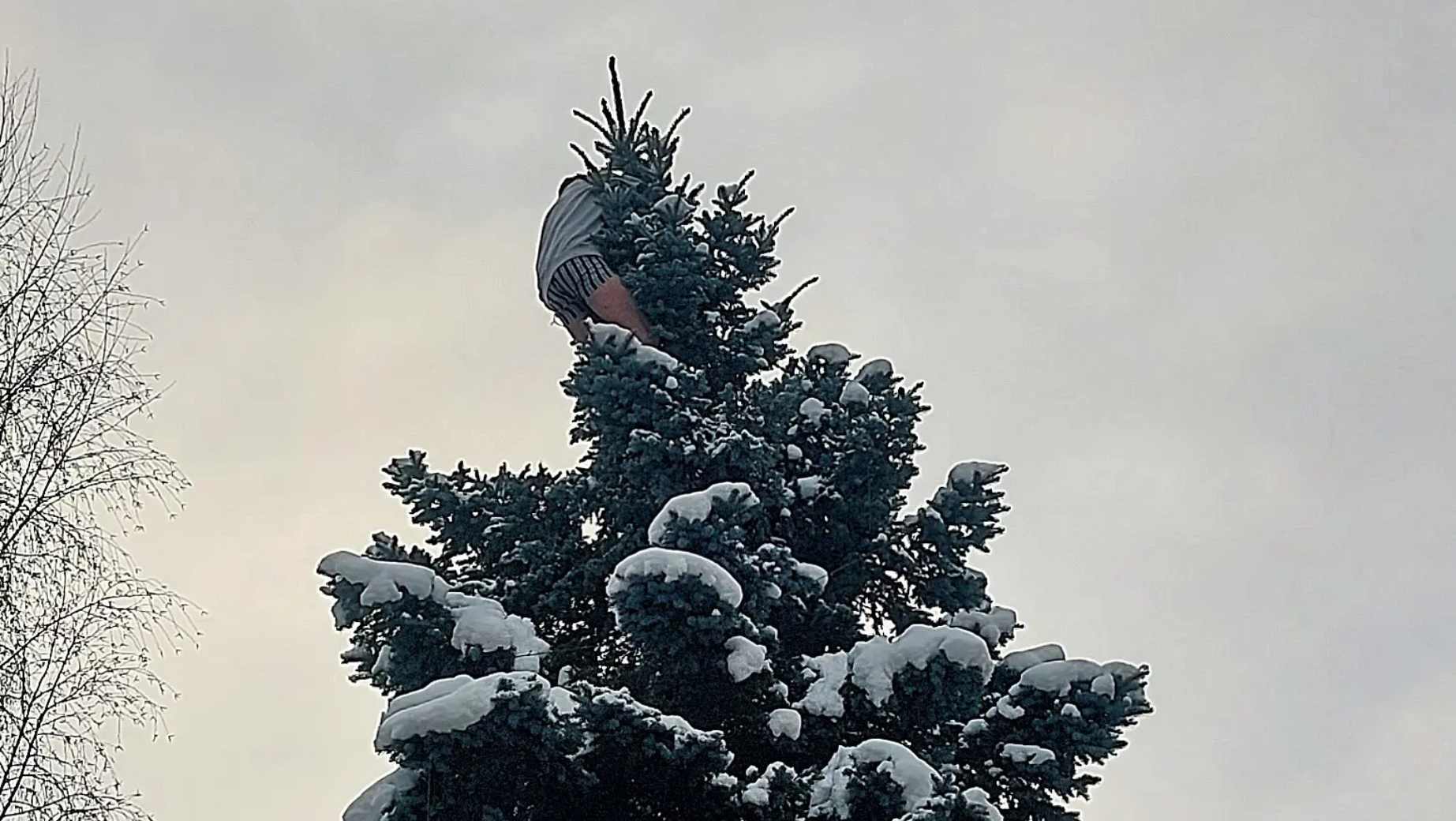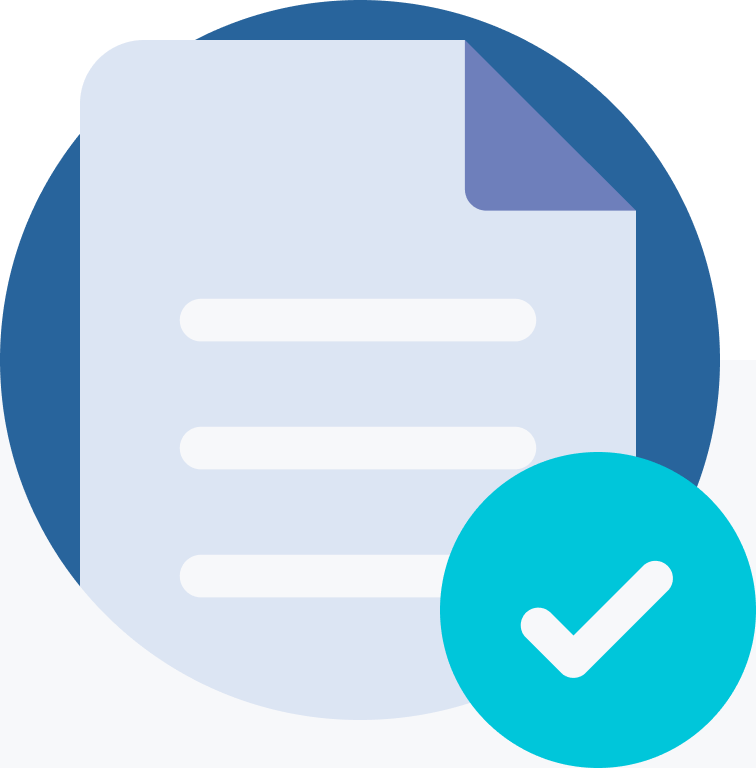The history of Czechoslovak LSD is one of the greatest phenomena of the second half of the 20th century.
How come for almost a quarter of a century, in a communist state, thousands of people, including many popular artists such as Karel Gott, were able to use psychedelic drugs entirely legally?
In the autumn of 1952 several young psychiatrists in Prague ingested for the first time a mysterious substance that had been sent from a laboratory in Basel. This is how the Czechoslovak adventure with LSD began.
The substance arrived in Prague in an entirely legal way. A standard shipment from the pharmaceutical company Sandoz was sent to Dr Jiří Roubíček, an associate professor at the Faculty of Psychiatry at the Medical University of Prague.
It contained ampoules with an oily, transparent substance described as ‘lysergic acid diethylamide’, a substance first synthesized in 1938 by the Swiss scientist Albert Hofmann. Initially considered useless, LSD attracted the attention of the company owners after Hoffman accidentally tested its effects on himself on 19th April 1943.
Four years later, the first study summarizing the results of LSD tests involving healthy volunteers and patients in psychiatric hospitals was released. The article was attached to the parcel that landed on Roubíček’s desk.
The initial experiments were carried out at a psychiatric hospital in Prague’s Bohnice district. The participants were given minimal doses – doctors already knew that just one gram of the substance would be sufficient to induce hallucinations in 10,000 people. Each volunteer drank a glass of water mixed with the hallucinogen and was locked in a padded room equipped with a one-way mirror.
The doctors then began testing the substance on themselves. “I was one of the first people in Czechoslovakia who took LSD,” the eminent psychiatrist Professor Jan Srnec recalled 60 years later. “It was something unbelievable. First of all, it was extraordinary that such a small dose could cause a complete disintegration of the psyche. Second, LSD had an entirely different effect on different people. In my case, it was a state of pure euphoria, elation.”
LSD was the door through which Czechoslovak doctors entered the world of delusions and psychoses, and they left it wide open for those willing to explore.
The first to take advantage of this opportunity were artists, especially painters and graphic designers. Roubíček had acquaintances in the circles of artistic bohemia. So, he came up with the idea to invite some of them to take part in the experiment. In return, they were to express through visual means what other volunteers could only talk about.
The effect surpassed all expectations. The artistic depictions of hallucinations and visions were extremely suggestive, and news of the extraordinary substance quickly spread among non-conformist Czechoslovak artists.
As a result, there were so many people keen to participate in the experiments that Roubíček and his colleagues decided to train a group of assistants. They could hardly cope with the demand on their own. Each session lasted about six hours, and in just a few years as many as 130 sessions were conducted in Bohnice with the participation of 76 volunteers. Roubíček turned to his students for help.
From subversion to profit-making
From the very beginning, the State Security and counter-espionage controlled the entire process of scientific exploration, as well as the production and export of Czechoslovak LSD.
The secret police quickly became interested in the unusual substance. Initially, this was mainly due to their involvement in the selection of volunteers taking part in the early experiments.
The fact that this was a kind of elite group, including a number of outstanding and simultaneously rebellious individuals, did not escape their attention. Several psychiatrists, among them Stanislav Grof, were recruited to report on their charges.
The State Security soon became increasingly interested in the possibilities of using LSD for disruptive purposes (just as their opponents did, the American CIA).
They contemplated introducing LSD into drinking water, or possibly spraying LSD into the air. Subversive actions aimed at the enemy’s staff were also considered.
-
NEWSLETTER
Subscribe for our daily news










